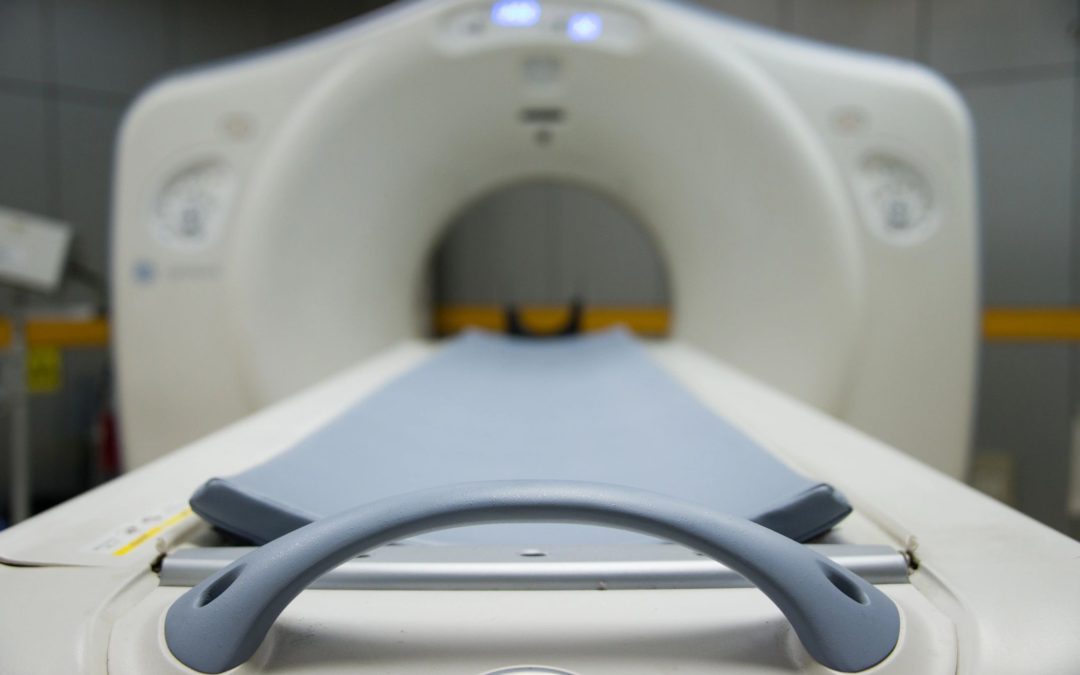In Verinata Health, Inc. v. Ariosa Diagnostics, Inc., No. 3:12-cv-05501-SI, Dkt. No. 319 (N.D. Cal. Jan. 19, 2017) (Slip Op.), Judge Illston in the Northern District of California addressed the scope of statutory estoppel under § 315 in the context of a motion to strike a defendant’s invalidity contentions.
Judge Illston reviewed the Federal Circuit’s decision in Shaw Indus. Group, Inc. v. Automated Creel Sys., Inc., 817 F.3d 1293 (Fed. Cir. 2016). Id. at 4-6. The court noted that the Federal Circuit decided “to interpret the IPR estoppel language literally, plainly stating that only arguments raised or that reasonably could have been raised during IPR are subject to estoppel.” Id. at 5 (emphasis in original) (citing Shaw, 817 F.3d at 1300). The court then observed “[i]ndeed, limiting IPR estoppel to grounds actually instituted ensures that estoppel applies only to those arguments, or potential arguments, that received (or reasonably could have received) proper judicial attention.” Id. at 6. The court then turned to its analysis of whether Ariosa’s invalidity contentions as to either of the two patents-in-suit should be stricken under § 315(e)(2). Id. at 6-11.
With respect to the first patent, Ariosa filed two IPR petitions alleging three grounds of invalidity. Id. at 7. The PTAB instituted trial on only one ground, which was that the claims were obvious over a combination of three prior art references. Id. One of the non-instituted grounds was that the claims were obvious over a combination of just two of those same three references. Id. The court held that Ariosa was estopped from raising the two reference obviousness combination in the litigation. Id. Judge Illston found that Ariosa “raised, or could have raised, these grounds in the IPR proceedings, as the combination of Dhallan and Binladen is simply a subset of the instituted [three reference] grounds.” Id. The court further held that Ariosa was estopped from challenging validity based on any combination of these three references, but left it open that Ariosa could challenge validity based on one or more of these references combined with other prior art that was not presented to the PTAB. Id. at 7-8 & n.4. The court agreed with Ariosa that it was not estopped from raising the other non-instituted ground in the litigation because it relied on two prior art references not presented in either of the other two grounds. Id. at 7.
With respect to the second patent, Ariosa filed one IPR petition alleging three grounds of invalidity. Id. at 8. Again, the PTAB instituted trial on only one ground. Id. For the two non-instituted grounds, the court held there was no estoppel, again relying on Shaw. Id. at 8-9. Ariosa also argued that it should not be estopped on the instituted ground because the PTAB’s final written decision upholding the claims on the instituted ground never addressed the patentability of the claims in view of the prior art reference. Id. at 9. Instead, Ariosa said, the PTAB determined Ariosa failed to carry its burden to show the prior art reference in the instituted ground qualified as prior art under § 102. Id. Ariosa thus argued that the PTAB’s decision was based on an “evidentiary technicality” (that Ariosa had not made the necessary showing of the prior art effective date pursuant to Dynamic Drinkware, LLC v. National Graphics, Inc., 800 F.3d 1375 (Fed. Cir. 2015)) and not the “patentability” of the claims over the prior art reference. Id. The court rejected Ariosa’s argument, noting that “[e]stablishing priority is one of the elements of a claim that the patent is invalid on anticipation grounds, not an evidentiary ‘technicality.’” Id.
Latest posts by Geoffrey Gavin (see all)
- PTAB Rejects Double-Dose of Prior Art - September 26, 2023
- PTAB Designates Precedential Decision Relating to Infringer’s Civil Action Barring IPR - September 12, 2019
- Federal Circuit Grants Rehearing and Remands IPR to PTAB post-SAS - June 24, 2018

